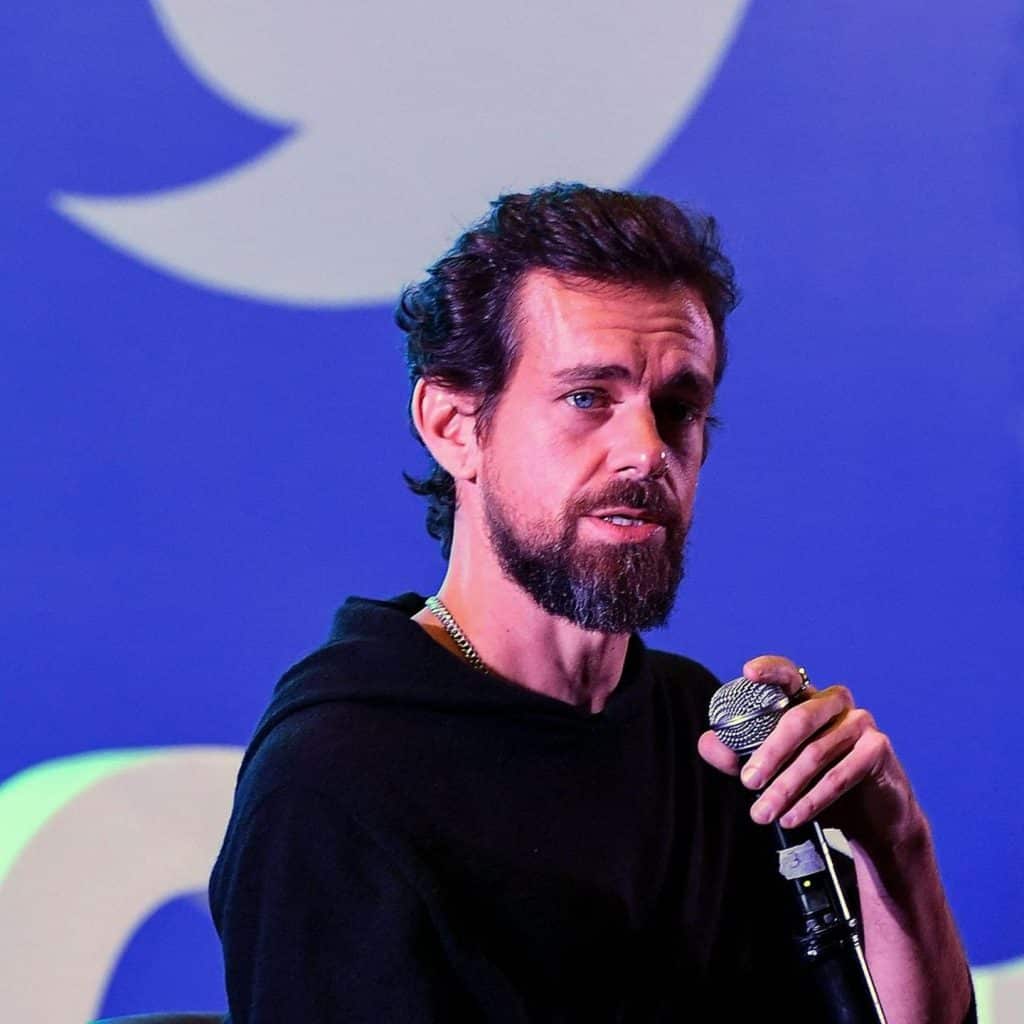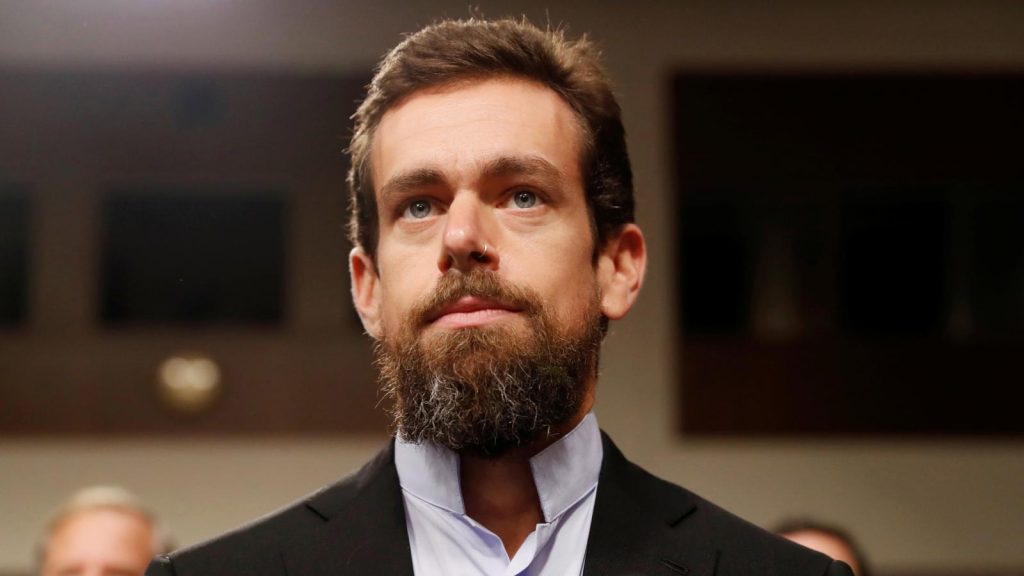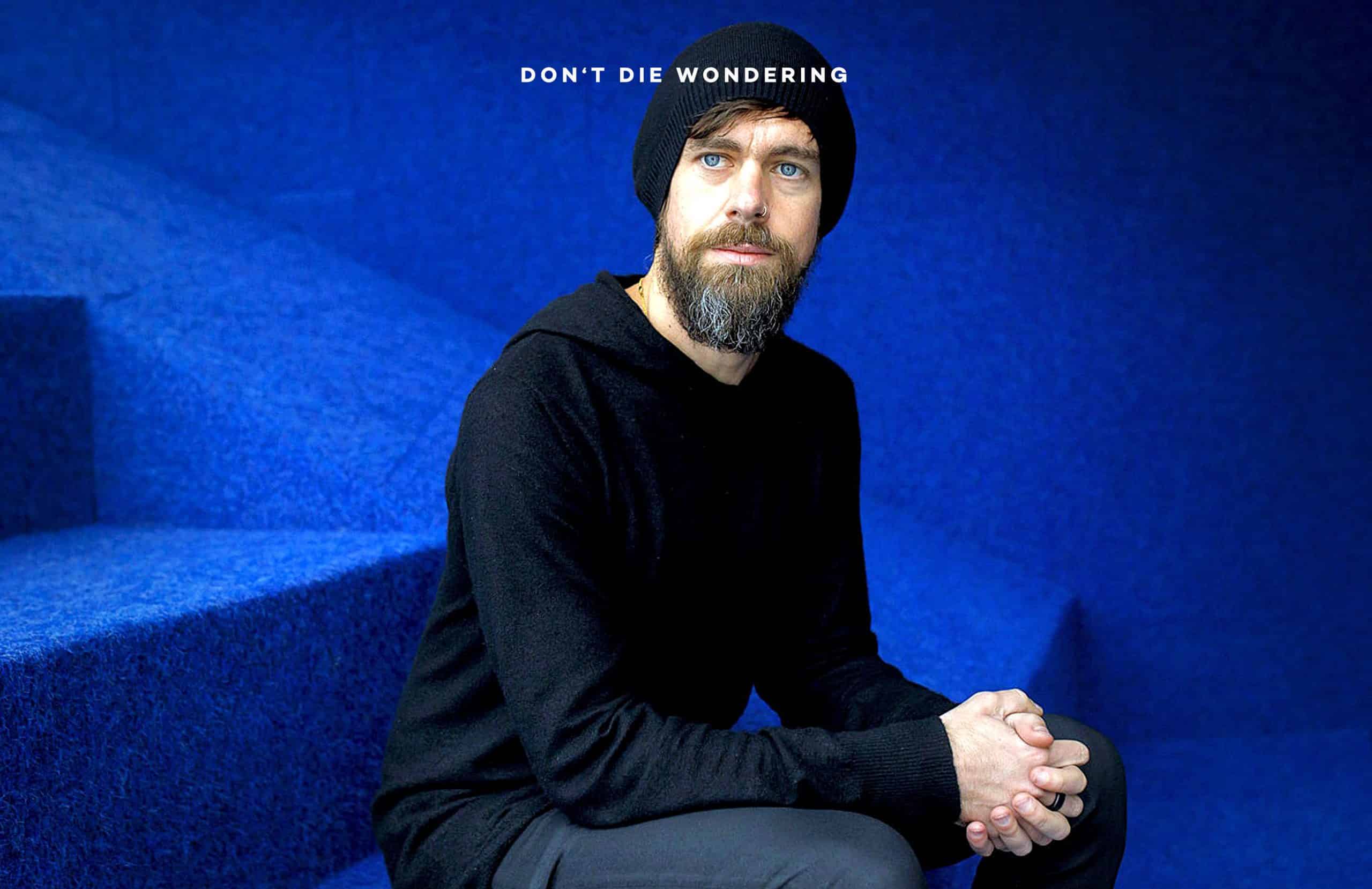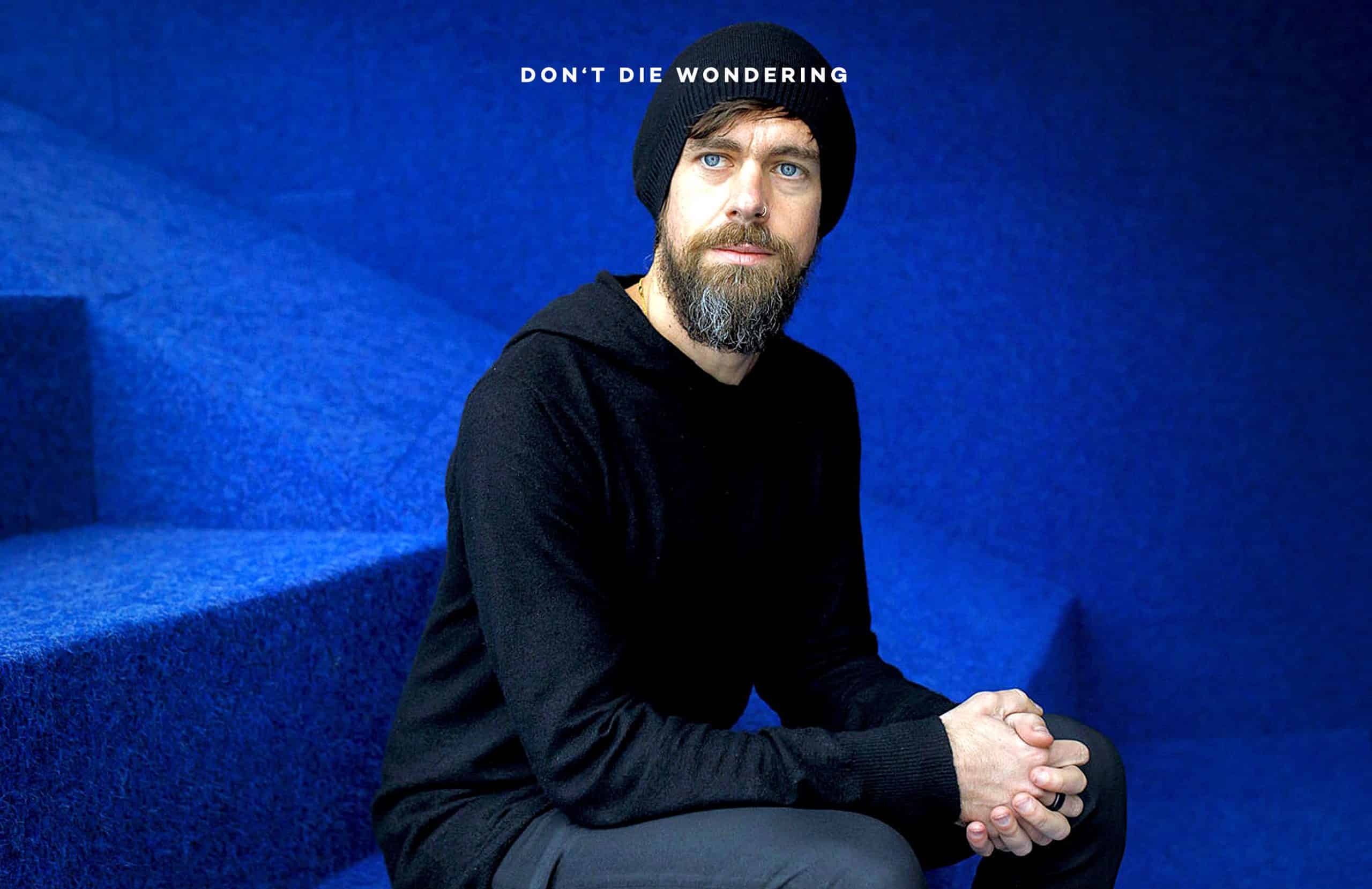Born from the Silicon Valley boom of the mid 00s, Twitter has gone on to become one of the most universally recognisable creations of the digital age. Now it’s time to get to know a little more about the man behind it.
Jack Dorsey didn’t act alone when creating the now-infamous social media network, but he’s certainly gone on to be the creator that leads from the front.
Born and raised in Missouri, Jack had always shown an interest in technology and computing. At the age of just 14, he worked to develop many of the dispatch routing technologies still used by prominent rideshare companies and emergency services to this day – in many ways, he was something of a boy genius. However, it wasn’t until long after his high school days had passed that Jack Dorsey went on to achieve his big breakthrough.
Dorsey continued to work on developing new technology within the world of dispatch routing for several years, working with prominent companies to integrate web-based dispatches – quite the feat in the early 2000s. Whilst working in this industry, he took note of the growing relevance of services such as AOL Instant Messenger, MSN and LiveJournal and the way that these services allowed users to post short status messages to contacts and fellow users – and Dorsey had decided to put his own spin on the idea.
He wondered whether or not there may be a way to build on the idea of sending out short status updates to a group of contacts and friends, but in a way that allows for site users to revisit the messages rather than having them disappear. Given that this was the early 00s, SMS messaging was still very much in its heyday. Wouldn’t SMS be the best way to let all of your friends see the same status update from you all at once, with no need to bulk-text?

Dorsey immediately teamed up with his friend Biz Stone (a rather appropriate name, in this case) to work on his plan. Together, the two built a prototype of a brand new social media network, differing from all other prominent social media sites at the time. Not only would users be able to update their status from anywhere they liked (provided they had the mobile phone ‘credit’ to do so), but those messages would stay there for extended periods, allowing those who happened to scroll past to take in the words for themselves.
Taking the idea to several investors, Dorsey and his small team of developers were under no illusion that the road ahead would be particularly easy. Silicon Valley is the home of technology’s biggest start-ups, acting as the birthplace of Facebook and Google long before Dorsey arrived on the scene – investors would need to be seriously impressed.
Luckily, they were. The prototype SMS network – presented as twttr at the time – got plenty of people talking. A few tweaks and a new name later, the service was ready to launch.
It didn’t take long for internet users to take notice. After launching officially in 2007, Twitter quickly began to gain traction. Its first popularity breakthrough came during the SXSW Festival of the same year, as Dorsey had two plasma screens placed at the event showing every new post using the #SXSW hashtag in real time – quite the novelty at the time, this feature was a hit with those at the event, who used the service both to discuss the event and to keep tabs on each other as they explored the venue.
Hashtags were key to the success of Twitter. Unlike Facebook, which limited the conversation to those you knew in real life, Twitter allowed users to instantly connect with others from across the globe. Hashtags allowed users to access thousands of opinions on a certain subject in one click and went quite the way to popularising Twitter overall. The prominent tags of the time are quite the measure of Twitter’s constantly growing base of users – when Michael Jackson passed away in 2009, Twitter’s servers couldn’t handle the traffic of those writing their condolences on the site all at once and ultimately crashed temporarily.
The site’s rise to prominence happened incredibly fast. In 2007, the company reported that around 400,000 tweets were being posted each quarter, rising sharply to 100 million tweets per quarter in 2008. By February 2010, those numbers had increased yet again to an incredible 50 million tweets per day – not bad for a site that had been running for just three years, we’re sure you’ll agree. The site had immediately shot into position as the world’s second biggest social media platform.
That was when Dorsey and his team decided to introduce more features in order to compete with Facebook and improve user experience. Users could now post photos and videos, access their mentions and direct messages much more easily and the look of the site itself was overhauled to take on a much cleaner design. In 2013, the company acquired the growing video sharing platform Vine, which went on to become one of the most iconic apps of the 2010s, despite its ultimately short lifespan of just three years.
That wasn’t the only service that the site acquired – advertising agencies, TV streaming services and apps that allowed users to share live video were all acquired by the site within the next few years, allowing the features to continue changing and growing.

Dorsey – or @jack, as he’s better known on the site – has been there for it all, spearheading these developments with each passing year. Even last year, the site was still adapting to changing times with the introduction of warning banners and information flags following an increase in ‘fake news’ posted to the site, often by prominent figures. When Donald Trump looked to be inciting violence during the Capitol Hill riots at the beginning of 2021, Jack made the decision that the former president should be banned permanently, which he says was ‘the right thing to do’ but ‘sets a dangerous precedent’ for banning other similar figures.
So, what’s next for Twitter? It’s impossible to say. What we do know is that Jack Dorsey will likely be behind its every update.
READ MORE: How Bumble CEO Whitney Wolfe Herd Revolutionised The Dating Game


